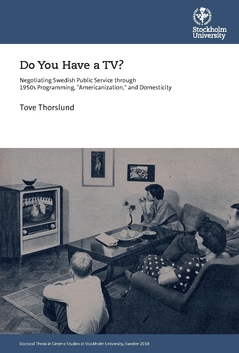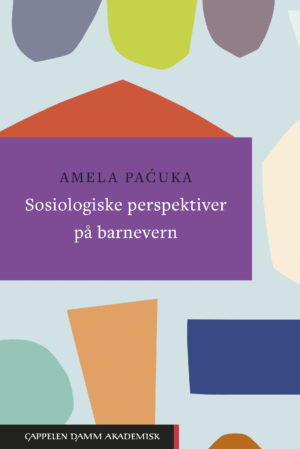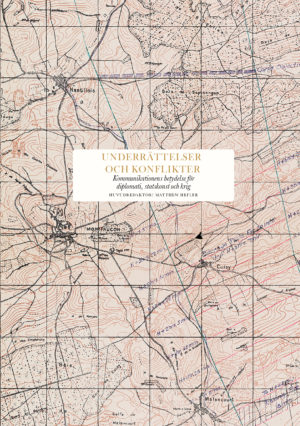Do You Have a TV? examines three strands of early Swedish television: programming in the 1950s, processes of “Americanization,” and domestic, socio-cultural change in relation to the new medium. By using a wide range of sources—archival materials, official records, newspaper articles, and advertisements—the study examines discourses on how television was experienced during its installation years in Swedish homes, with a particular focus on how U.S. television contents were perceived and came to be part of early Swedish television. Swedish public service television made use of transnational flows from U.S. commercial television networks right from the start, while simultaneously discursively distancing itself from this model of television. However, instead of defining Swedish public service television in contrast to the U.S. commercial television model, this
dissertation argues that the formative years of Swedish television was a convergence of the British public service model and of U.S. program techniques, ideas and formats. Furthermore, these programs and formats were pivotal for rapidly turning television into a popular media of entertainment, and a soon-to-be-natural part of the Swedish domestic setting in the 1950s. The dissertation further examines how television was perceived when it became incorporated into the home and the family. The arrival of television in Sweden occurred in parallel with an increased urbanization. Stockholm expanded with new suburban areas, filled with modern, functional houses—into which the new television set was incorporated. The study thus examines television’s place in the domestic setting, as well as viewing habits, excitement, expectations and notions of the new medium in early Swedish television culture.
This is a doctoral thesis in Cinema Studies at Stockholm University, Sweden 2018.







